Chris Smith
Hello, this week to the element that tops group one and gives us lighter aircraft and armoured plating. It also keeps grease running at arctic temperatures, powers pacemakers and lies at the heart of the hydrogen bomb.
Matt Wilkinson
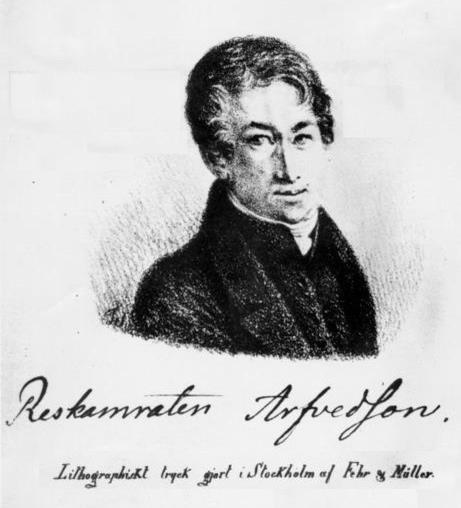
Lithium is rare in the universe, although it was one of the three elements, along with hydrogen and helium, to be created in the big bang. The element was discovered on Earth in 1817 by Johan August Arfwedson (1792-1841) in Stockholm when he investigated petalite, one of the first lithium minerals to be discovered (it was observed to give an intense crimson flame when sprinkled on to a fire). He deduced that petalite contained an unknown metal, which he called lithium from the Greek word for a stone, lithos, although he never actually produced any. He reasoned that it was a new alkali metal and lighter than sodium. However, unlike sodium, which Humphry Davy had isolated in 1807 by the electrolysis of sodium hydroxide, Arfwedson was unable to produce lithium by the same method. A sample of lithium metal was finally extracted in 1855 and then by the electrolysis of molten lithium chloride.
Once lithium's discovery had been announced others soon found it to be present in all kinds of things such as grapes, seaweed, tobacco, vegetables, milk and blood.
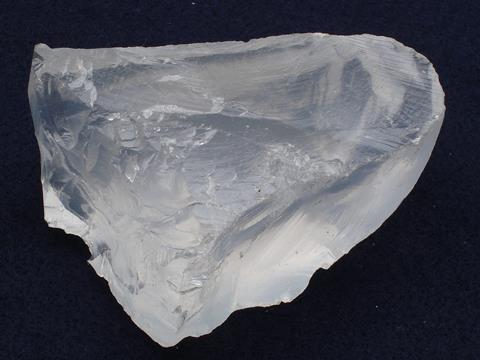
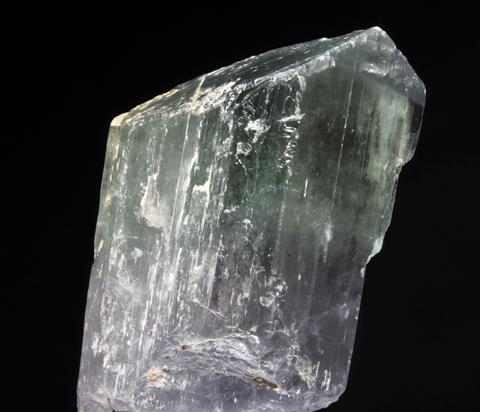
Another lithium ore is spodumene, which like petalite is a lithium aluminium silicate, and there is a large deposit of this ore in South Dakota. World production of lithium compounds is around 40,000 tonnes a year and reserves are estimated to be around 7 million tonnes. Industrial production of the metal itself is reported to be about 7500 tonnes a year, and this is produced by the electrolysis of molten lithium chloride and potassium chloride in steel cells at temperatures of 450o C.

Lithium is moderately toxic as discovered in the 1940s when patients were given lithium chloride as a salt substitute. However, in small doses it is prescribed as a treatment for manic depression (now called bipolar disorder). Its calming effect on the brain was first noted in 1949, by an Australian doctor, John Cade, of the Victoria Department of Mental Hygiene. He had injected guinea pigs with a 0.5% solution of lithium carbonate, and to his surprise these normally highly-strung animals became docile, and indeed were so calm that they would sit in the same position for several hours. Cade then gave his most mentally disturbed patient an injection of the same solution. The man responded so well that within days he was transferred to a normal hospital ward and was soon back at work. Other patients responded similarly and lithium therapy is now used all around the world to treat this mental condition. How it works is still not known for certain, but it appears to prevent overproduction of a chemical messenger in the brain.

Lithium is used commercially in various ways. Lithium oxide goes into glass and glass ceramics. Lithium metal goes into alloys with magnesium and aluminium, and it improves their strength while making them lighter. Magnesium-lithium alloy is used in protective armour plating and aluminium-lithium reduces the weight of aircraft thereby saving fuel. Lithium stearate, made by reacting stearic acid with lithium hydroxide, is an all-purpose high-temperature grease and most greases contain it. It will even work well at temperatures as low as -60o C and has been used for vehicles in the Antarctic.
Lithium batteries which operate at 3 volts or more are used in devices where compactness and lightness are all-important. They are implanted to supply the electrical energy for heart pacemakers. They function with lithium as the anode, iodine as the solid electrolyte, and manganese oxide as the cathode – and they have a lifespan of ten years. This longevity has been extended to lithium batteries of the more common 1.5 volts variety (in which the cathode is iron disulfide) that are in everyday gadgets such as clocks, and lithium is now beginning to be used for rechargeable batteries.

Lithium is a soft, silvery-white, metal that heads group 1, the alkali metals group, of the periodic table of the elements. It reacts vigorously with water. Storing it is a problem. It cannot be kept under oil, as sodium can, because it is less dense and floats. So it is stored by being coated with petroleum jelly. Somewhat surprisingly it does not react with oxygen unless heated to 100o C, but it will react with nitrogen from the atmosphere to form a red-brown compound lithium nitride, Li3 N.

The hydrogen of hydrogen bombs is actually the compound lithium hydride, in which the lithium is the lithium-6 isotope and the hydrogen is the hydrogen-2 isotope (deuterium). This compound is capable of releasing massive amounts of energy from the neutrons released by the atomic bomb at its core. These are absorbed by the nuclei of lithium-6 which immediately disintegrates to form helium and hydrogen-3 which then go on to form other elements and as they do the bomb explodes with the force of millions of tonnes of TNT.
Chris Smith
Matt Wilkinson on the extraordinary virtues of element number 3, lithium. Next time to one of the universe's rarer chemicals and horribly toxic though it is, without it we'd be the proverbial particle short of a nucleus.
Richard Van Noorden
James Chadwick in 1932 discovered the neutron by bombarding a beryllium sample with the alpha rays eminating from radium. He observed that the beryllium emitted a new kind of sub-atomic particle which had mass but no charge, the neutron and the combination of radium and beryllium is still used to make neutrons for research purposes, although a million alpha-particles only manage to produce 30 neutrons.
Chris Smith
So that goes to show that sometimes a lot can only go a little way. Richard Van Noorden will be here with the story of beryllium on next week's Chemistry in its Element, I hope you can join us. I'm Chris Smith, thank you for listening and goodbye.
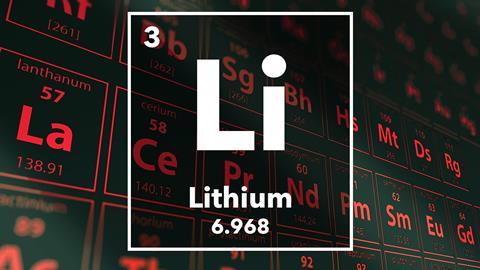
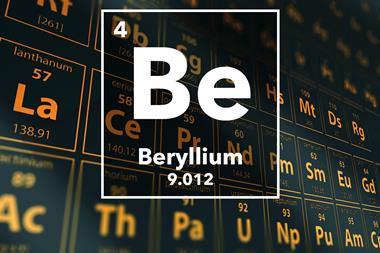
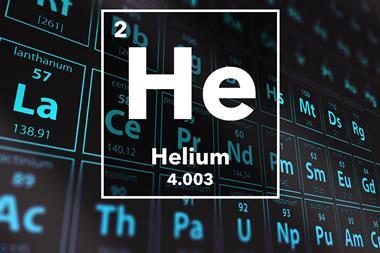










No comments yet